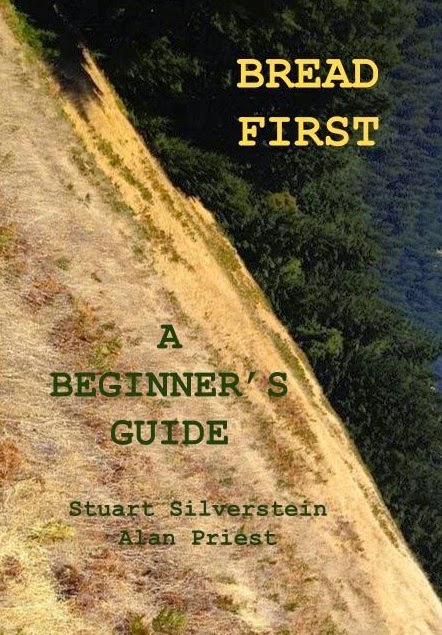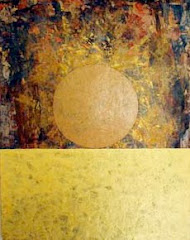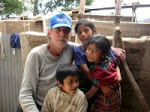False Assumptions and Common Errors
Most people think that building an earth (mud) oven is easier to accomplish than constructing a brick oven. This is generally not true. The brick oven shown can easily be made by a non-mason. There are no bricks to cut, and after all, a brick is generally a brick, whether it's a red clay brick or a fire brick.
If you're building an earth oven, then you'll be working with mud. You really can't get much more basic than mud, but mud comes in various textures, and that is where the difficulty lies.
A soupy mud will slump, and mud that's too dry won't clump properly. You need something in between, and getting the right texture is not something easily described in words. To make mud, I like a two parts sand to a one part clay mix. Then I add water slowly. If you want a mud oven, then try to take a workshop first or have someone who has already built one give you a hand.
No matter what type of outdoor oven you decide to build, there are some basic principles that are universal.
Your oven should be insulated. An insulated oven will retain heat longer and you won't burn as much firewood.
Mass is especially important if you're making raised loaves of bread because breads bake from retained heat. Mass is much less important if you're just doing pizzas and other flat breads because these breads bake with a fire maintained in the back or side of your oven.
Often some very handy people make some glaring errors when constructing their first oven. It's almost as if they think "no one is going to show me what to do." I'm definitely not particularly handy, but I've certainly exhibited my share of arrogance, and it has always come back to haunt me.
Most people think that building an earth (mud) oven is easier to accomplish than constructing a brick oven. This is generally not true. The brick oven shown can easily be made by a non-mason. There are no bricks to cut, and after all, a brick is generally a brick, whether it's a red clay brick or a fire brick.
A simple brick oven with a cement stucco.
Same oven as above, but under construction and a view from the back. Four simple brick arches form the core of this oven.
Note how the concrete slab (hearth mass) and the fire brick do not come rest on or come in contact with the stone base. The slab (hearth mass) rests on insulation so that heat from your oven will not be transferred to places where you don't want it to go. You want to keep as much heat as possible in the oven. Often, oven builders will rest the hearth mass and fire brick floor right on the oven base. A bad move.
Another view of an oven being constructed properly. Note how the concrete slab (hearth mass) and the fire brick "float" on a sea of insulation.
Oven being insulated, and it is the insulation that comes up to and on the oven base. That's okay. Sometimes oven builders will build the mud dome with the sides resting on the base. Heat will then be transferred from the mud dome to the stone base, and why would you want to do that?
A soupy mud will slump, and mud that's too dry won't clump properly. You need something in between, and getting the right texture is not something easily described in words. To make mud, I like a two parts sand to a one part clay mix. Then I add water slowly. If you want a mud oven, then try to take a workshop first or have someone who has already built one give you a hand.
No matter what type of outdoor oven you decide to build, there are some basic principles that are universal.
Your oven should be insulated. An insulated oven will retain heat longer and you won't burn as much firewood.
Mass is especially important if you're making raised loaves of bread because breads bake from retained heat. Mass is much less important if you're just doing pizzas and other flat breads because these breads bake with a fire maintained in the back or side of your oven.
Often some very handy people make some glaring errors when constructing their first oven. It's almost as if they think "no one is going to show me what to do." I'm definitely not particularly handy, but I've certainly exhibited my share of arrogance, and it has always come back to haunt me.
Work slowly and carefully and ask lots of questions






No comments:
Post a Comment